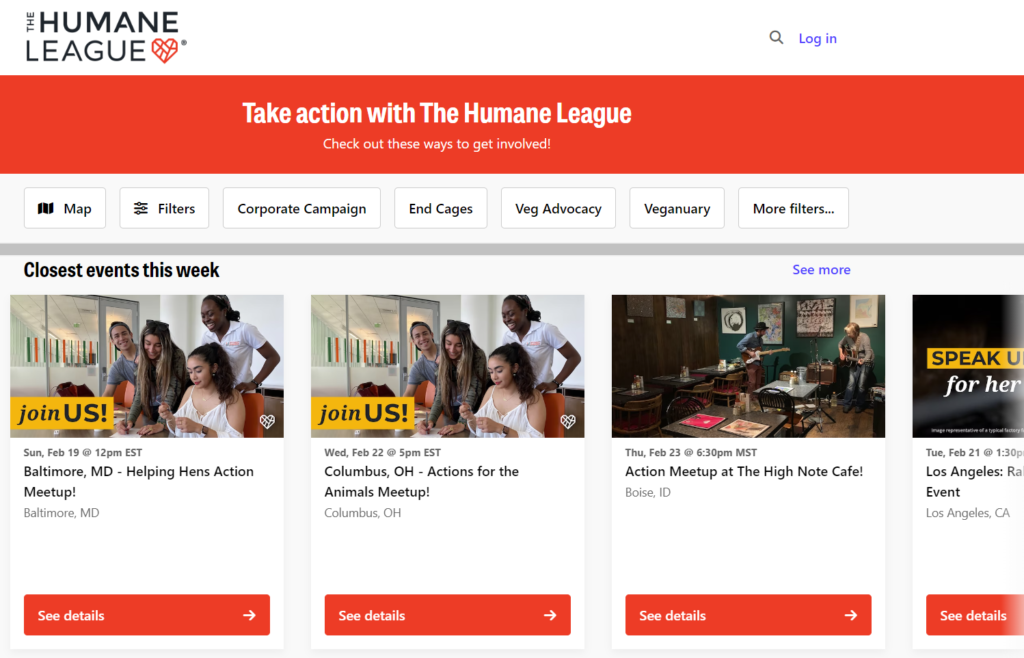Summary
Animal activist groups are making more noise than ever in the food industry through shareholder activism, protests outside establishments, calls and emails to company headquarters, and more.
However noisy they may be, these campaigns aren’t representative of consumer sentiment. Many are being paid for by tens of millions of dollars from a single wealthy activist foundation and executed by volunteers for animal activist groups. Their agenda is to disrupt supply chains and animal protein production.
Funding
Funding for many animal activist pressure campaigns is coming from a single wealthy foundation. Since 2016, the Open Philanthropy Project has provided over $100 million to animal rights groups, largely to fund corporate pressure campaigns. That includes $50 million since 2021.
Recipients of major grants to fund corporate campaigns include:
- Mercy for Animals: More than $25 million received
- The Humane League: More than $40 million
- Compassion in World Farming: More than $15 million
- World Animal Protection: More than $5 million
- Animal Equality: More than $7 million
- The Accountability Board: More than $10 million
The Open Philanthropy Project also funds advocacy of fake meat. The group’s deep pockets come from Facebook co-founder Dustin Moskovitz.
Calls to Action
Not only are animal activist campaigns funded by a single wealthy source, but their execution also demonstrates their astroturf nature.
A company may receive dozens of emails about its meat supply chain. But it’s important to know where these emails are coming from. It may simply be handful of vegans sitting around a table phone banking.
For example, The Humane League organizes events all across the country where its supporters contact companies and policymakers about animal welfare issues. From the company’s perspective, it appears there’s a legitimate, widespread concern among customers. In reality, it’s just a relatively small group of vocal people trained in lobbying.

Likewise, most animal rights groups have “Action Center” pages on their websites where supporters can engage in advocacy work. Through those platforms, they can directly contact lawmakers, corporations, and industry groups with pre-written messages outlining the group’s demands.
All supporters must do is fill out their names, basic contact information, and click send. They don’t even have to read it–or even completely believe in it.
Some groups even set up game-like systems where the more volunteer activity and tasks someone does, the more points they gain. In the process, they can earn badges such as “Chicken Friend” and “Humane Champion.” This is designed to create a psychological feedback loop–rewarding volunteers for their activism.
Below is an example of a Mercy for Animals letter to Connecticut lawmakers on supporting climate-friendly food purchasing policy. Notice that the letter doesn’t even mention who is behind this advocacy campaign; it appears the letter came directly from a concerned constituent, without any outside help.

Moreover, these groups offer a multitude of volunteer opportunities where supporters can be connected with field organizers in their area and receive notifications about events near them–including demonstrations and protests.

On social media, animal rights groups harness methods such as hashtags to give the appearance that their issue areas are trending. In a recent effort, the Humane League used #kelloggscorruption and #pepsicocoverup to raise awareness about their purported failure to fulfill cage-free commitments. A quick look at the Twitter profiles using such hashtags reveals that supportive messages came from radical activists and even Humane League employees, not a plethora of disengaged supporters. The same approach applies to likes, retweets, and comments: vocal activists affiliated with an animal rights group elevate and amplify their messaging.

Conclusion
In the Internet Age, a handful of online activists can make themselves seem much bigger than they really are. Emails, phone calls, text messages, and more are at the tip of digital fingers, and can be enhanced by “tricks of the trade” such as geo-fenced ads targeting corporate headquarters.
In the end, it’s important to understand that these activism campaigns are paid for and don’t represent consumers.
